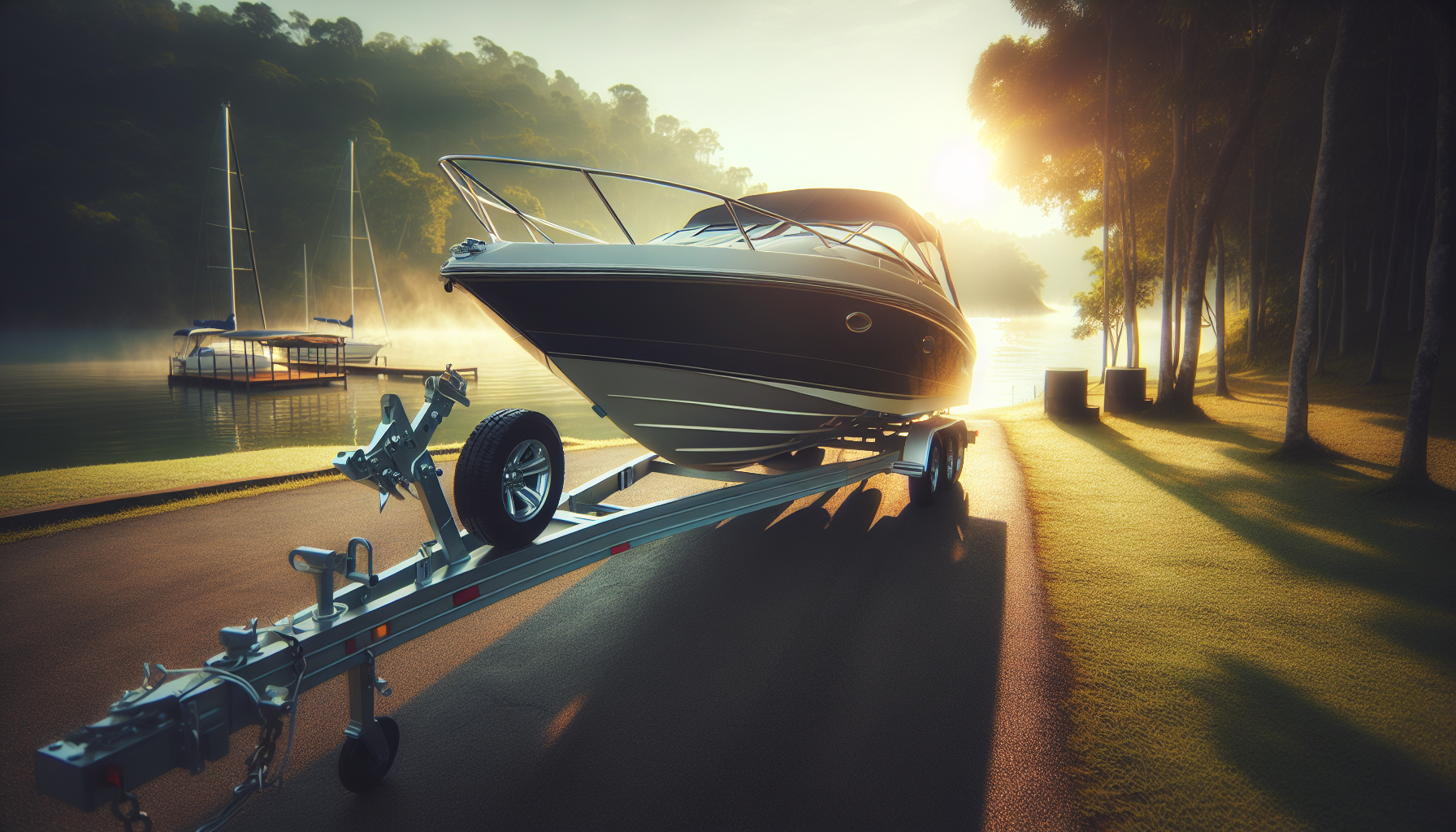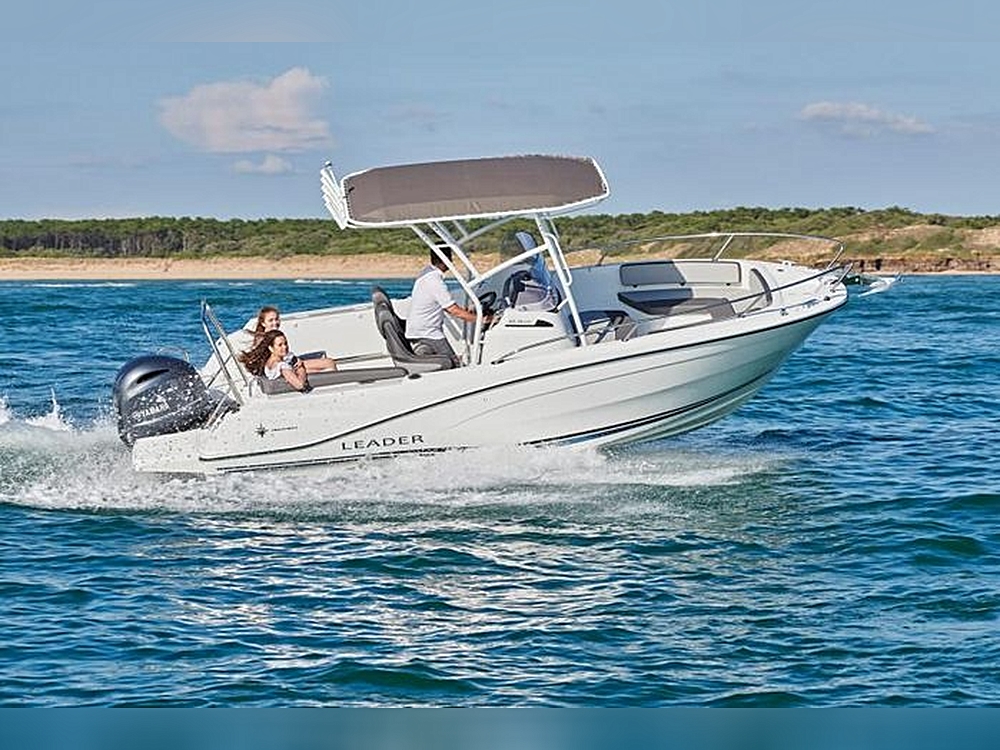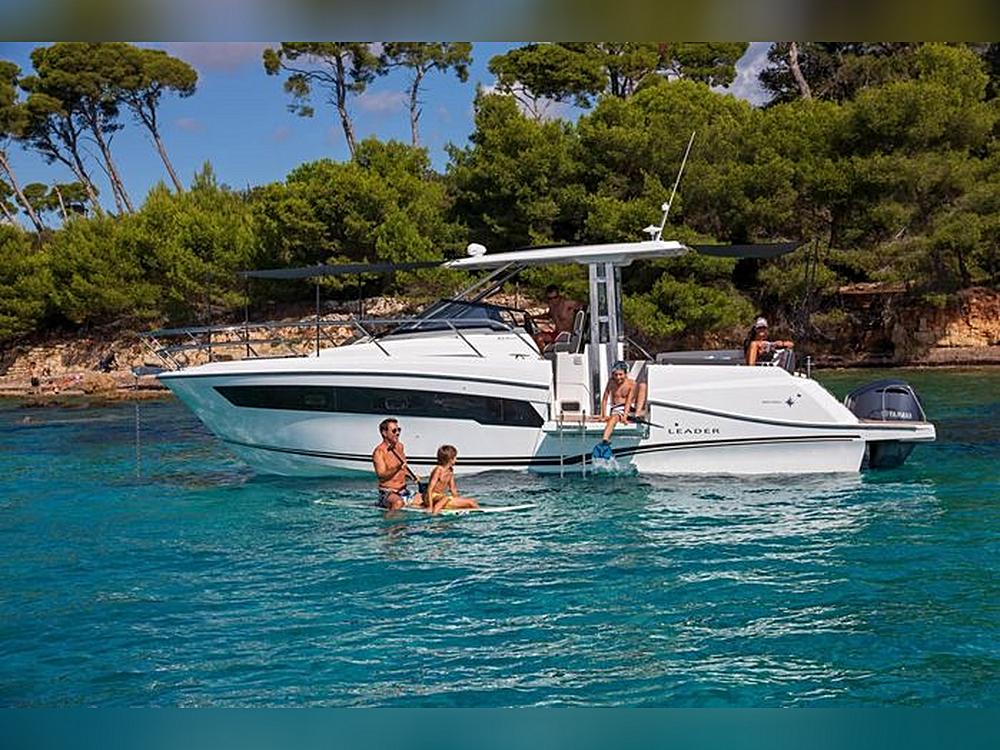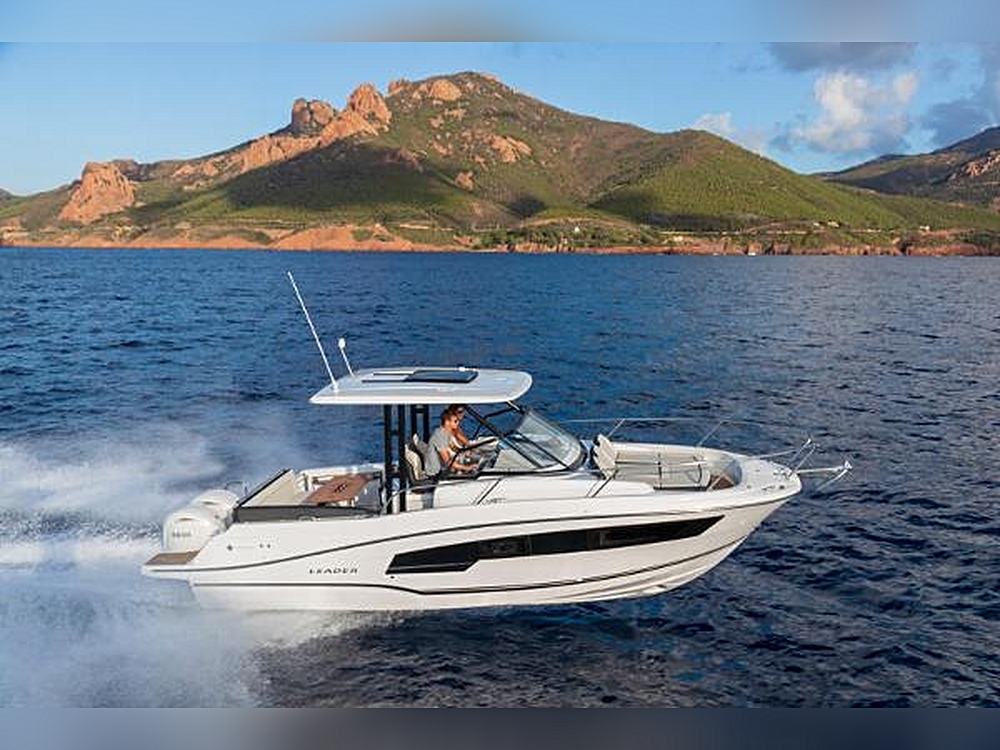- July 29, 2025
- 12:07 pm

Transporting your beloved boat safely and efficiently requires mastering the art of trailering. Whether you’re a first-time buyer or a seasoned boater, ensuring your boat reaches the water without a scratch is a priority. By understanding your trailer, performing pre-transport checks, driving safely, adhering to legal requirements, and preparing for emergencies, you can confidently tackle your boating adventures.
Understanding Your Trailer and Load
The foundation of safe boat transport begins with understanding the compatibility of your trailer with your boat. This compatibility is crucial for both safety and efficiency on the road.
Trailer Capacity and Weight Limits
One of the primary considerations for safe trailering is identifying your trailer’s load capacity. This involves knowing the maximum weight your trailer can carry and ensuring it aligns with your boat’s weight. Overloading can lead to severe road mishaps, increased wear on the trailer, and potential damage to your boat. Always double-check the manufacturer’s specifications for the trailer, and consult the owner’s manual for your boat’s exact weight and size.
Balancing and Distributing Weight
Proper weight distribution on the trailer is key to preventing swaying and ensuring stable travel. An improperly balanced load can create hazardous driving conditions. Position the boat so that approximately 60% of the weight is forward of the trailer’s axle. This balance is crucial for maintaining control and ensuring safe travels.
Pre-Transport Inspection Checklist
Before setting out on any journey, a thorough inspection of both the trailer and boat is essential. This pre-transport checklist will help prevent any unexpected issues on the road.
Trailer Maintenance Essentials
Routine maintenance ensures your trailer remains in top shape. Key maintenance tasks include:
– Checking tire pressure and ensuring it is within the recommended range.
– Inspecting trailer brakes for proper function and brake fluid level.
– Ensuring all lights and signals are in working order for clear communication with other drivers.
Boat Securing Techniques
Securing the boat properly on the trailer is vital for safe transport. Use high-quality straps and tie-downs to stabilize the boat, focusing on critical points:
– Secure the bow using a winch strap.
– Attach stern straps to prevent lateral movement.
– Use additional straps for larger boats to distribute tension evenly.
Safe Driving Practices
Driving with a boat trailer requires adapting your usual driving habits to accommodate the added weight and length of the trailer.
Route Planning
Planning your route in advance is crucial for a smooth journey. Identify potential challenges such as:
– Low bridges that may obstruct travel.
– Narrow roads that could be difficult to navigate.
– Busy intersections that might require extra caution.
Adjusting Driving Habits
Towing a trailer necessitates changes in driving behavior:
– Reduce speed to maintain control and reaction time.
– Increase following distance to allow for extended braking distances.
– Be mindful of trailer swing and adjust steering accordingly.
Legal and Safety Regulations
Adhering to legal requirements and safety regulations ensures compliance and prevents potential fines or accidents.
Required Permits and Documentation
Depending on your location, specific permits or documentation may be needed for towing:
– Check state laws for any required permits for oversized loads.
– Carry vehicle registration and insurance documentation for both the towing vehicle and trailer.
Safety Considerations and Equipment
Having essential safety equipment on hand is vital for secure travel:
– Carry flares and reflective gear for visibility if you need to stop on the road.
– Include wheel chocks to stabilize the trailer when parked.
Emergency Preparedness
Preparing for emergencies can make a significant difference during unexpected situations.
Emergency Repair Kit
Equip yourself with an emergency repair kit that includes essentials such as:
– Spare trailer tires and a jack.
– Basic tools for minor repairs.
– A first-aid kit for personal safety.
Breakdown Protocols
In the event of a breakdown, follow these steps to ensure safety:
– Move the trailer and vehicle to a safe area off the road.
– Use reflective gear and flares to warn other motorists.
– Contact roadside assistance or emergency services for help if needed.
Mastering boat transport is within reach when you take the time to understand your trailer, perform necessary inspections, drive safely, and follow legal requirements. By preparing for emergencies, you can enjoy your boating adventures with peace of mind. For further assistance and the widest selection of boats and trailers, reach out to Louis Marine at 434 Boston Post Rd. Westbrook, Connecticut. Our dedicated team is here to help at mbassett@louismarine.com or by phone at 8603995554. Safe travels and happy boating!




